Blog
Jewellok is a professional pressure regulator and valve manufacturer and supplier.
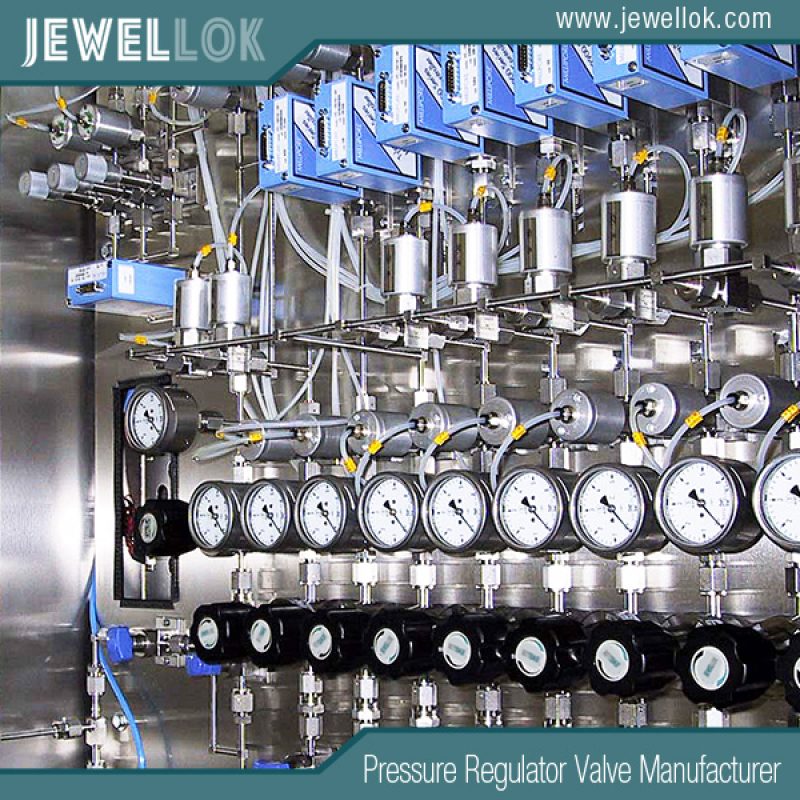
Do You Know the Hidden Uses of the Two Stage Pressure Regulator?
- Pressure Regulator Valve Manufacturer
- 0-10 psi air pressure regulator with gauge, 1 1 2 gas pressure regulator, 1 1 4 pressure reducing valve, 1/2 gas pressure regulator, 1/2 Gas Pressure Regulator manufacturer, 10000 Psi Needle Valve Manufacturer, 12v electric valve, 2 inch irrigation valve, 3000psi High Pressure Stainless Steel Diaphragm Valve, 3000PSI Nitrogen Panel Mount Pressure Regulator, 316 stainless steel ball valves, 316L Stainless Steel Gas Pressure Regulators, 316l stainless steel pressure regulator, 316l stainless steel pressure regulator manufacturer, 316l stainless steel pressure regulator thailand, adjustable air pressure regulator, adjustable high pressure regulator, adjustable hydraulic pressure regulator, adjustable propane pressure regulator, air pressure regulator diagram, Brass High Purity Single Stage Pressure Regulators, China Single stage pressure regulator Manufacturers, High Purity Single Stage Pressure Regulators, pressure regulator, single stage pressure regulator, single stage pressure regulators factory, single stage pressure regulators manufacturer, single stage vs two stage pressure regulator, stage pressure regulator, stainless steel two stage pressure regulator, stainless steel two stage pressure regulator factory, stainless steel two stage pressure regulator manufacturer, two stage pressure regulator, two stage pressure regulator factory
- No Comments
Do You Know the Hidden Uses of the Two Stage Pressure Regulator?
In the vast and intricate world of industrial engineering, where precision can mean the difference between seamless operation and catastrophic failure, few devices hold as much unsung importance as the two-stage pressure regulator. Often overlooked amid flashy automation systems and high-tech sensors, this humble yet sophisticated component stands as the pinnacle of pressure stabilization technology. But what exactly is it, and why does it deserve such acclaim? At its core, a two-stage pressure regulator is a device designed to reduce high inlet pressure from a gas or fluid source to a stable, usable outlet pressure through a dual-step process. Unlike simpler regulators, it ensures unwavering consistency even as source pressures fluctuate, making it indispensable in environments where reliability is non-negotiable.
Imagine a bustling manufacturing plant where gases like oxygen, nitrogen, or propane power everything from welding torches to analytical instruments. Without precise pressure control, processes could falter, leading to inefficiencies, safety hazards, or ruined products. The two-stage regulator addresses this by dividing the pressure reduction into two phases: the first stage drops the pressure to an intermediate level, and the second fine-tunes it to the desired output. This design minimizes variations caused by depleting cylinders or changing demands, providing a steady flow that single-stage alternatives often can’t match. As industries push toward higher efficiency and sustainability, understanding this regulator’s role becomes crucial—not just for engineers, but for anyone invested in modern industrial advancements.
Yet, beyond the obvious, lie hidden uses that extend its reach into niche sectors, from cutting-edge research to environmental solutions. This article delves deep into the mechanics, advantages, applications, and lesser-known deployments of two-stage pressure regulators, revealing why they are truly the unsung heroes of pressure stabilization. By the end, you’ll not only grasp their fundamental workings but also discover innovative ways they’re shaping the future of industry.
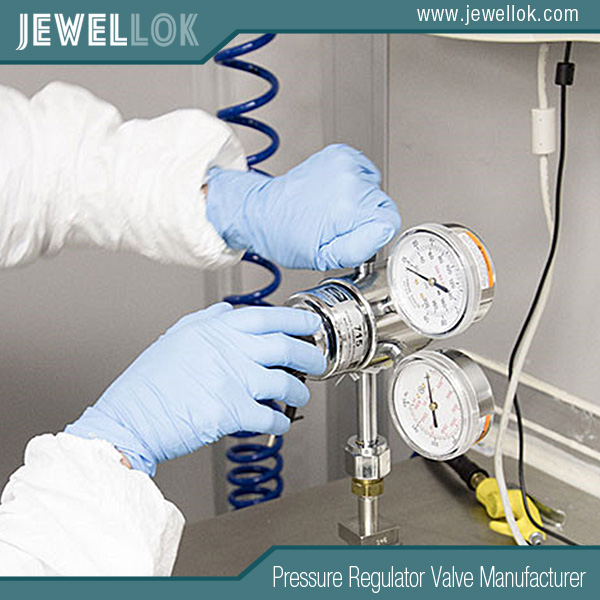
Understanding Two-Stage Pressure Regulators
To appreciate the ingenuity of two-stage pressure regulators, one must first understand their operational principles. These devices function as two regulators integrated into a single body, performing pressure reduction in sequential stages for enhanced stability. The process begins at the inlet, where high-pressure gas—often from cylinders exceeding 2000 psi—enters the first stage. Here, a non-adjustable, factory-preset spring and diaphragm assembly reduces the pressure to an intermediate level, typically around 200-500 psi. This stage absorbs the bulk of the pressure drop, shielding the second stage from extreme fluctuations.
The intermediate pressure then flows to the second stage, which is user-adjustable via a knob or handle. Similar to a single-stage regulator, it uses another spring, diaphragm, and valve seat to further lower the pressure to the desired outlet level, often as low as 0-50 psi for precise applications. The key innovation lies in this separation: while single-stage regulators directly contend with varying inlet pressures, leading to output drifts (known as “droop” or supply pressure effect), two-stage models maintain near-constant delivery. For instance, as a gas cylinder empties and inlet pressure drops from 2500 psi to 500 psi, a two-stage regulator might only see a minimal outlet variation of 0.2 psi, thanks to the buffering first stage.
In contrast, single-stage regulators reduce pressure in one step, making them simpler and cheaper but prone to inconsistencies. They suit basic tasks where minor fluctuations are tolerable, like casual welding or heating. However, in demanding scenarios, such as when inlet pressure decays naturally in cylinders, single-stage units require frequent readjustments. Two-stage regulators eliminate this hassle, offering a “set it and forget it” reliability that’s vital in remote or high-stakes setups.
Technically, the magic stems from managing supply pressure effect (SPE), where outlet pressure inversely responds to inlet changes. In a single-stage setup, a 100 psi inlet drop might cause a 1 psi outlet rise if SPE is 1%. Two-stage designs compound this minimally: the first stage’s outlet rise feeds into the second as a small inlet increase, resulting in a negligible overall shift. Materials like brass, stainless steel, or nickel-plated variants ensure durability across corrosive or high-purity environments, with maximum delivery pressures often capped at 500 psi for safety.
This dual mechanism not only stabilizes pressure but also enhances safety by reducing the risk of over-pressurization downstream. As industries evolve, incorporating features like integrated filters or electronic controls, two-stage regulators continue to adapt, proving their foundational role in pressure management.
Advantages of Two-Stage Regulators
The superiority of two-stage pressure regulators over their single-stage counterparts is evident in several key advantages, making them the go-to choice for precision-driven operations. Foremost is their exceptional stability: by buffering inlet variations, they deliver consistent outlet pressure, crucial for processes where even slight deviations can skew results or damage equipment. For example, in gas chromatography, where pressure must remain steady for accurate separations, two-stage models outperform single-stage ones, which might fluctuate as cylinders deplete.
Another benefit is reduced maintenance. Single-stage regulators often need manual tweaks to compensate for pressure changes, but two-stage units require less readjustment, saving time and labor in hard-to-access locations like remote pipelines or elevated tanks. This reliability translates to cost savings, as fewer interventions mean lower operational downtime.
Safety is amplified too. The staged reduction minimizes risks from sudden pressure surges, and in propane systems, it prevents freeze-ups in cold climates by maintaining even flow rates. Versatility shines in handling wide inlet ranges— from high-pressure cylinders to low-pressure pipelines—without compromising output precision.
In terms of performance under fluctuating conditions, two-stage regulators excel by mitigating SPE, ensuring minimal outlet drift. While they come at a higher upfront cost due to complexity, the long-term efficiency gains in energy use and process accuracy often outweigh this. Overall, these advantages position two-stage regulators as essential for industries prioritizing precision, safety, and efficiency.
Common Industrial Applications
Two-stage pressure regulators are staples in numerous industrial sectors, where their ability to provide stable pressure underpins critical operations. In manufacturing, they’re vital for gas supply in welding and cutting processes. For high-precision welding, such as in aerospace component fabrication, they ensure consistent gas flow for torches, preventing defects from pressure inconsistencies. Similarly, in brazing and heating applications, though single-stage might suffice for basics, two-stage models are preferred for sustained, high-volume production lines.
Laboratories and analytical environments heavily rely on them for instrument gas supply. In gas chromatography and mass spectrometry, constant delivery pressure is critical to avoid baseline drifts or inaccurate readings. High-purity gas systems in semiconductor manufacturing use two-stage regulators to maintain ultra-clean, stable flows, preventing contamination in wafer production.
In the energy sector, propane and natural gas distribution benefits immensely. For building appliances, two-stage regulators prevent system freeze-ups in cold weather by handling expansion rates better, ensuring reliable heating and cooking. Industrial gas cylinders for processes like metal fabrication or chemical synthesis employ them to counter pressure decay, maintaining efficiency as tanks empty.
Pharmaceutical and food processing industries use them for controlled gas environments, such as nitrogen blanketing to prevent oxidation in storage tanks. In these high-stakes areas, the regulators’ precision supports compliance with stringent safety standards. Overall, their role in stabilizing pressure across diverse applications underscores their industrial ubiquity.
Hidden or Lesser-Known Uses
While two-stage pressure regulators are well-known in core industries, their hidden applications reveal a broader versatility, often in research, medical, and emerging technologies. In medical gas systems, for instance, they ensure precise delivery of oxygen or nitrous oxide in hospitals. The two-stage design reduces high cylinder pressures safely, providing stable flows for ventilators or anesthesia machines where fluctuations could endanger patients. This medical adaptation highlights their role beyond industrial might, into life-saving precision.
In cutting-edge research, they’re pivotal in supercritical fluid experiments. At universities like the University of Washington, two-stage regulators (or similar dual setups) control pressures in supercritical water oxidation for toxic waste destruction, enabling continuous operation in harsh conditions. Similarly, in reverse osmosis fouling studies at MIT, back pressure variants—often paired in two-stage configurations—stabilize membrane pressures, improving data accuracy in water purification research.
A lesser-known use emerges in hydrogen-blended natural gas (HBNG) pipelines, a key to sustainable energy transition. Studies show that adapting regulators for HBNG requires tuning parameters like proportional and integral gains as hydrogen ratios rise to 30%, compensating for lower density and maintaining stability. This application could revolutionize green fuel transport, with regulators ensuring safe, efficient flow despite fluid property changes.
In aerospace and environmental sectors, they’re used in fuel cell testing and carbon sequestration. At Charles University, they control pressures in hydrogen fuel cells for catalyst development, aiding clean energy advancements. For carbon geo-sequestration at Australian National University, they manage supercritical CO2 pressures in rock simulations, supporting climate change mitigation.
Even in niche areas like planted aquariums, hobbyists employ them for CO2 injection to prevent end-of-tank dumps, though scaled down. These hidden uses showcase the regulator’s adaptability, from lab benches to global sustainability efforts.
Case Studies
Real-world case studies illuminate the transformative impact of two-stage pressure regulators. In a Swagelok-configured gas distribution system for analytical labs, a dual-stage setup minimized SPE, maintaining outlet pressure within 0.2 psi despite a 2000 psi inlet drop, enhancing instrument reliability and reducing maintenance costs.
At the University of South Carolina, researchers used them in supercritical CO2 experiments for synthetic fuel production from captured emissions, achieving stable pressures that enabled breakthrough electrical discharge reactions. This case underscores their role in clean energy innovation.
In industrial wastewater treatment, the Gloversville-Johnstown plant employed regulators for biogas engine control, stabilizing low-pressure methane flows to power 350kW generators efficiently. Meanwhile, a hydrogen peroxide synthesis study at Zhengzhou University relied on them for reactor stability, producing eco-friendly oxidants with precise control.
These examples demonstrate how two-stage regulators drive efficiency, safety, and innovation across sectors.
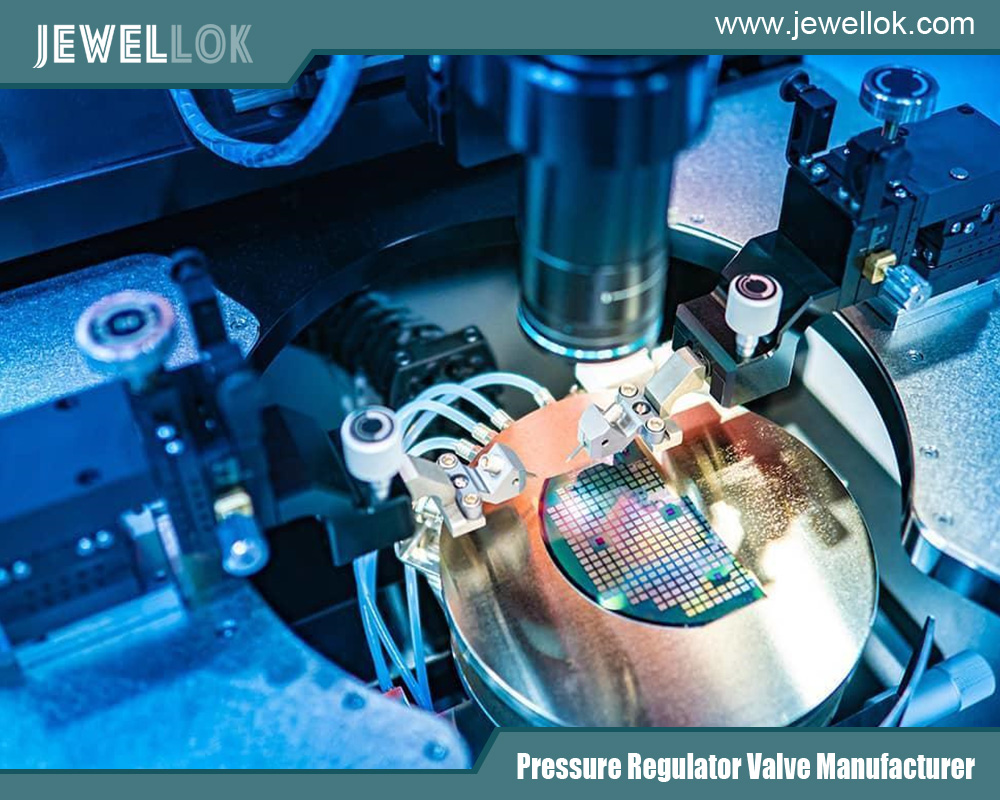
Conclusion
The two-stage pressure regulator epitomizes industrial pressure stabilization, offering unmatched reliability and versatility. From common manufacturing roles to hidden gems in research and sustainability, its impact is profound. As technology advances, embracing these devices will unlock even greater potentials, ensuring a stabilized future for industries worldwide.
For more about do you know the hidden uses of the two stage pressure regulator, you can pay a visit to Jewellok at https://www.jewellok.com/ for more info.
Recent Posts
How Does the Two-Stage Nitrogen Regulator Work?
How Does a Single-Stage Oxygen Regulator Work?
What is Exhaust Gas Cleaning System?
How Does A Low-Pressure Back Pressure Regulator Work?
How Does An Oxygen Gas Changeover Manifold Work?
How Does An Argon Gas Changeover Manifold Work?
How Does A Helium Gas Changeover Manifold Work?
How Does A Carbon Dioxide Gas Changeover Manifold Work?
How Does A Nitrogen Gas Changeover Manifold Work?
Tags
Recommended Products
-
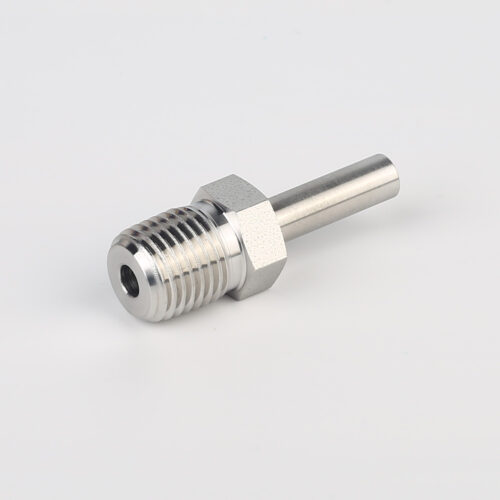
739 High Purity LMR Male Adapter Tube To Pipe Fittings And Adapters
-
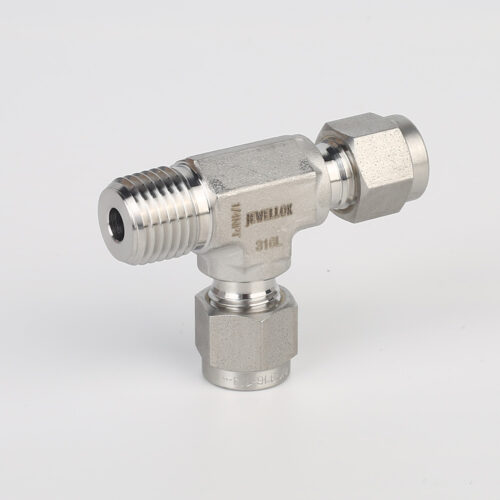
771L Male Run Tee | Stainless Steel High Quality High Purity Male Run Tee Branch Tee Pipe Fittings
-
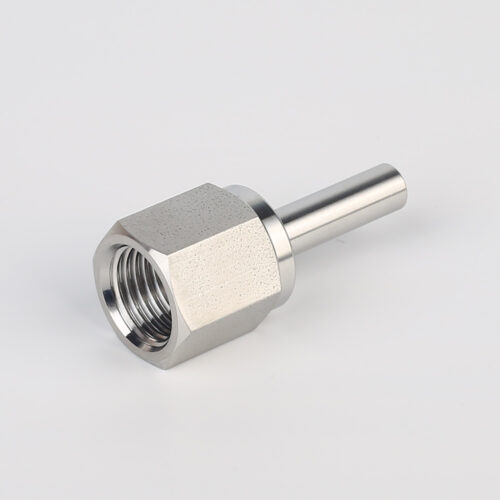
739LF High Purity Female Adapter Tube To Pipe Fittings And Connectors
-
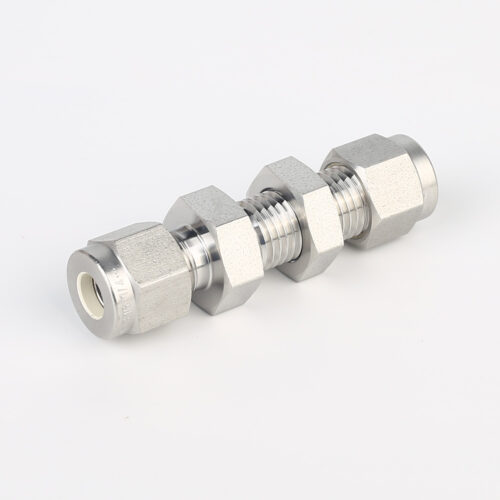
774L Stainless Steel UHP Fittings Butt Weld Bulkhead Union For High Flow Special Gas Fluid
-
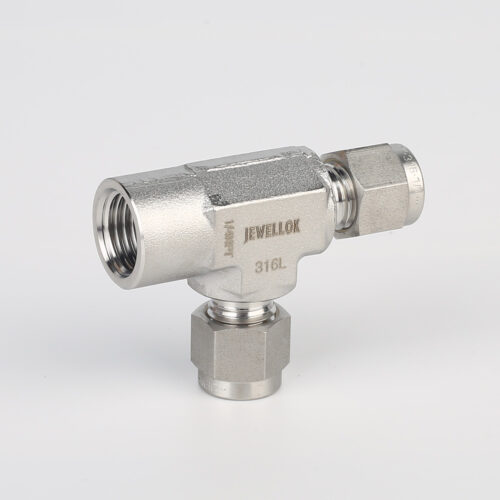
771LF Female Run Tee | Stainless Steel Tube Fitting Compression Fittings 1/4 In 3-Way Tee Female Run Tee
-
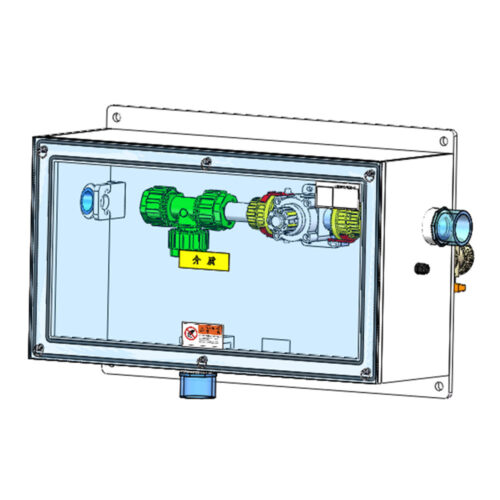
FT-BOX JW-FTB-C Valve Manifold Panels And Boxes With High Purity Configurable Systems
-
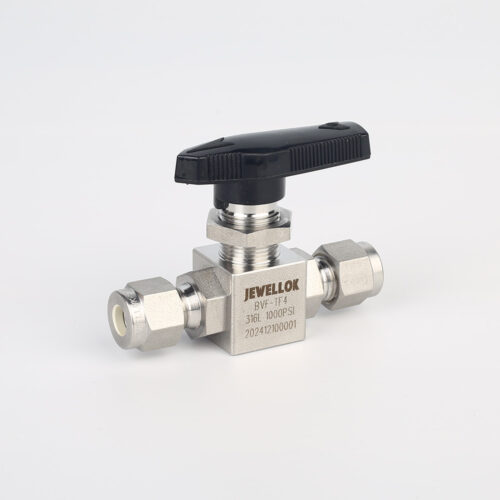
Stainless Steel High Purity High Temperature Pneumatic Actuated Ball Valves JBV2 Series
-
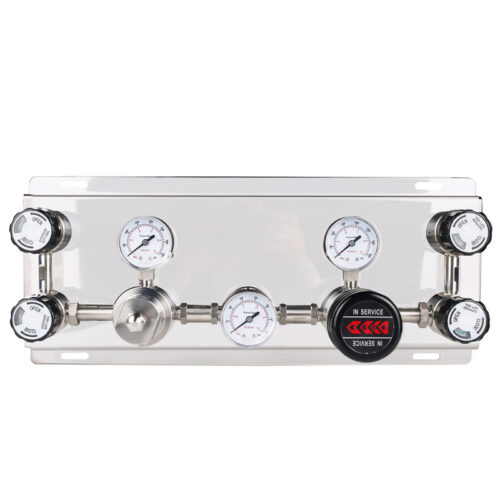
Semi Automatic And Automatic Switching Speicialty Gas Changeover Manifold Panel With Semiconductor Valve Manifold Box Gas Pressure Regulators